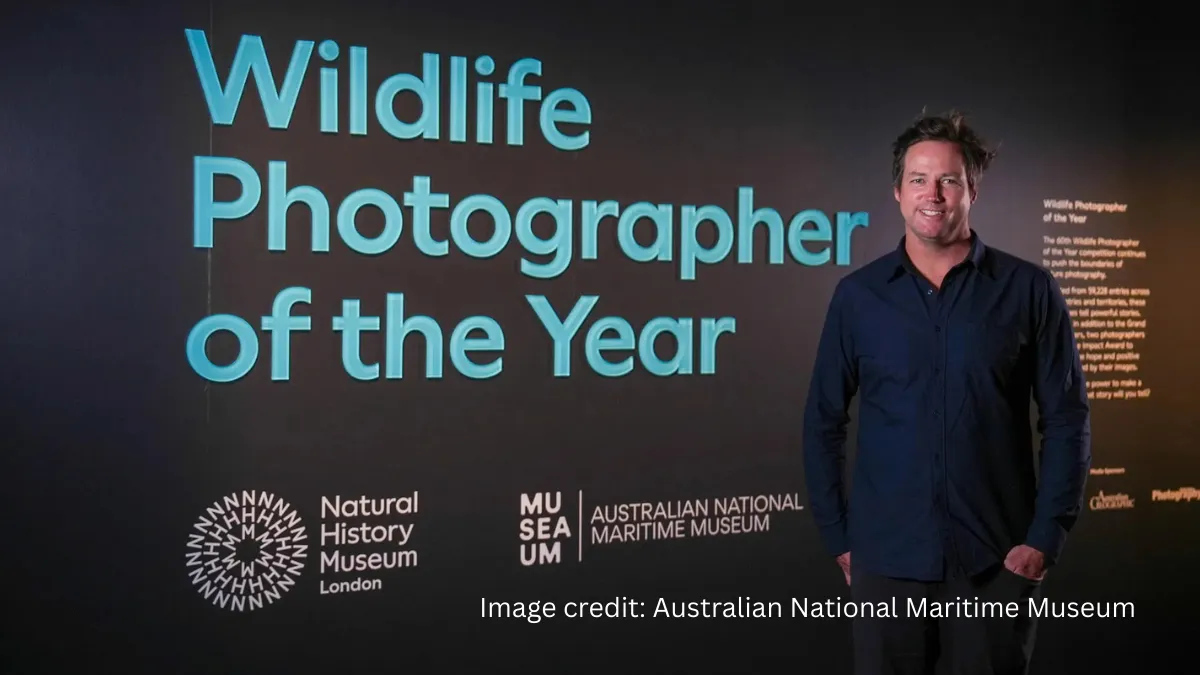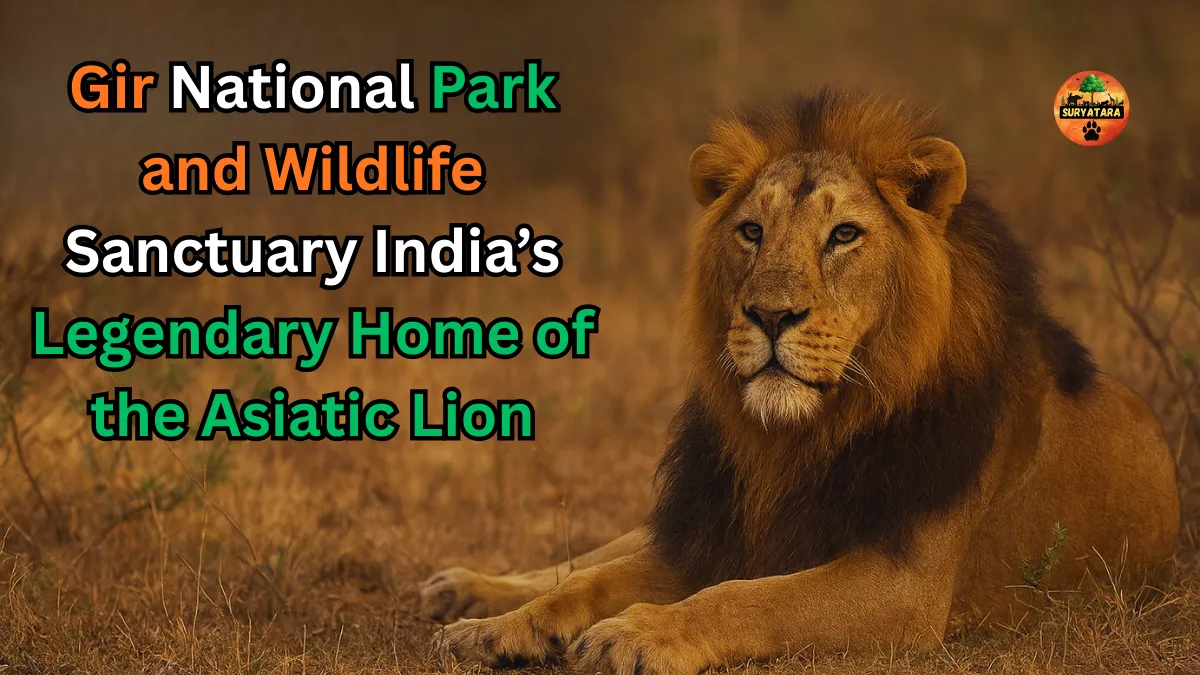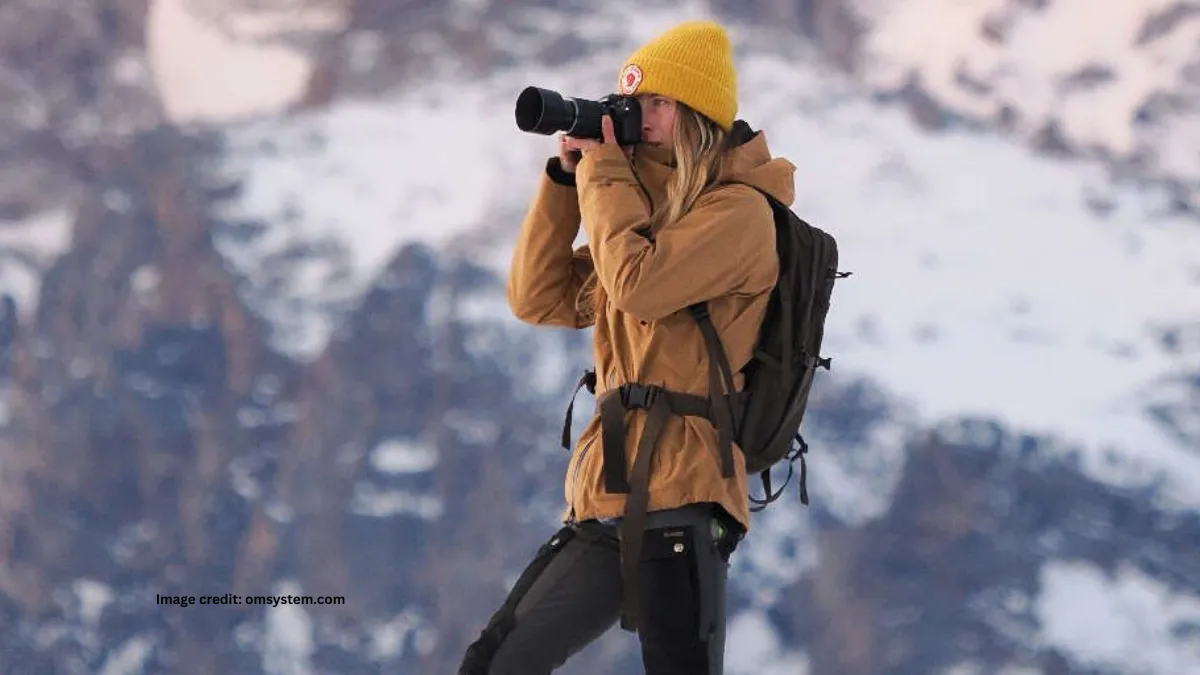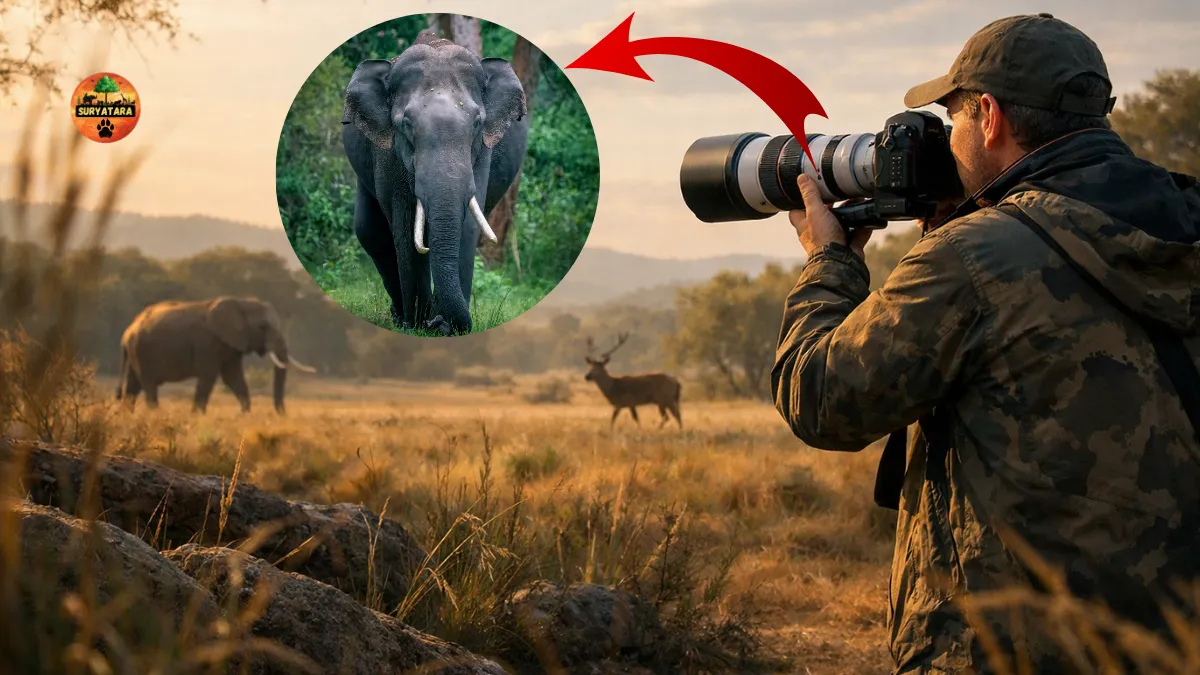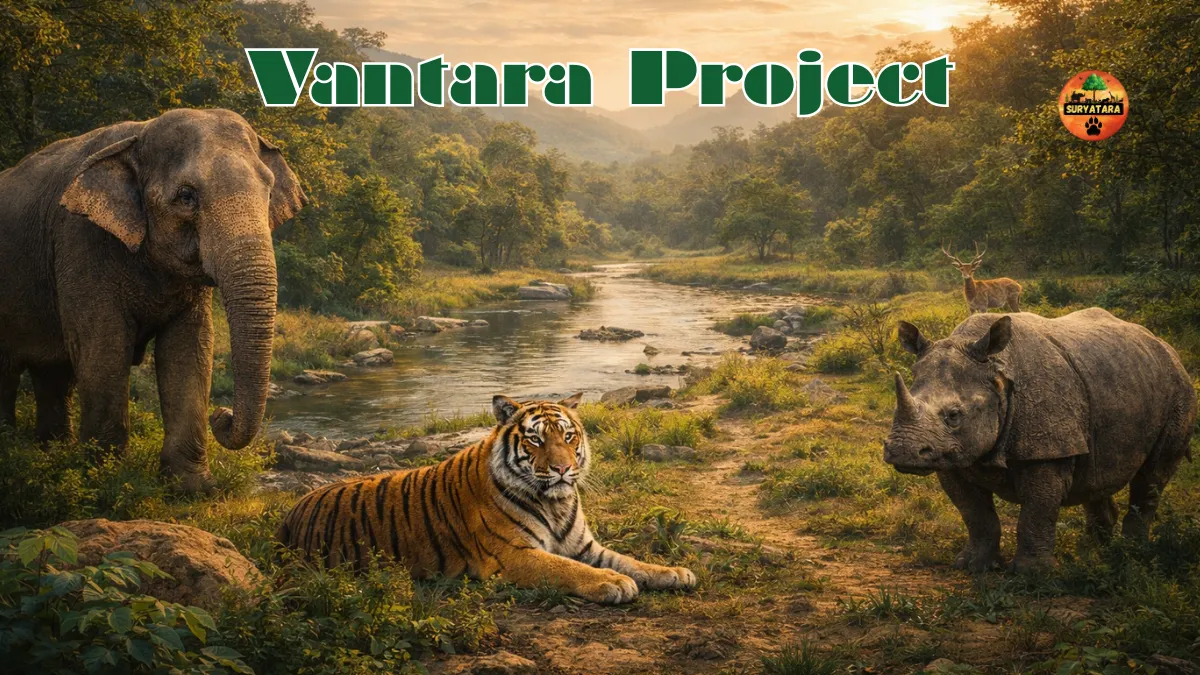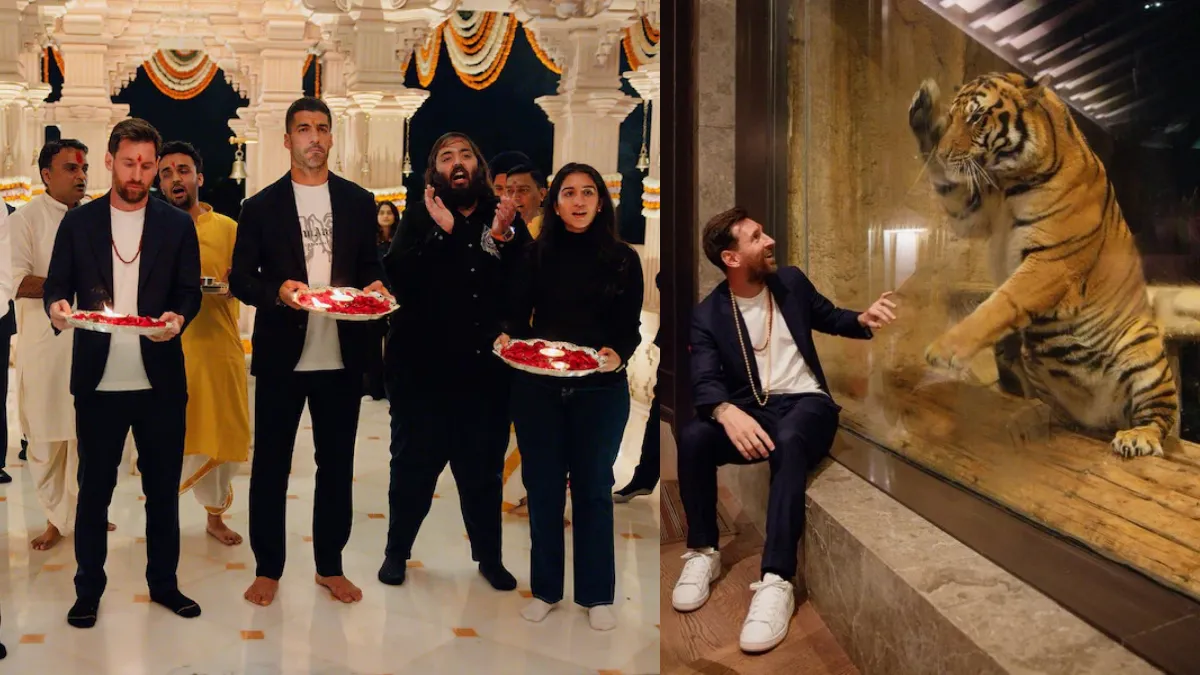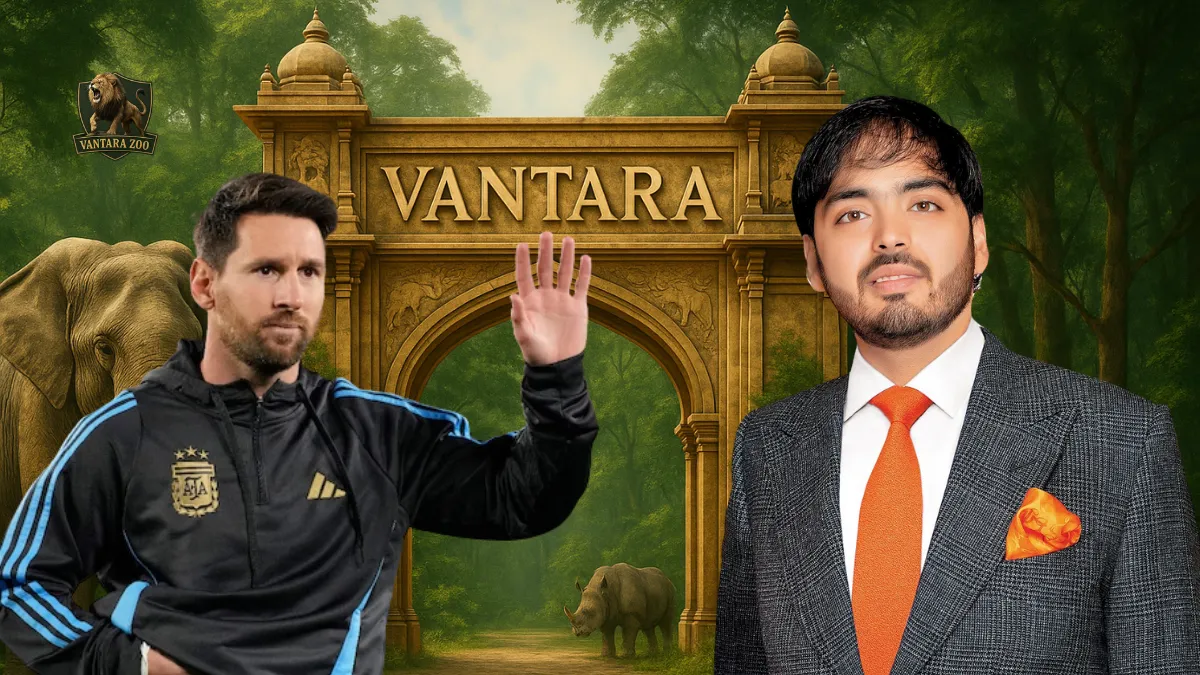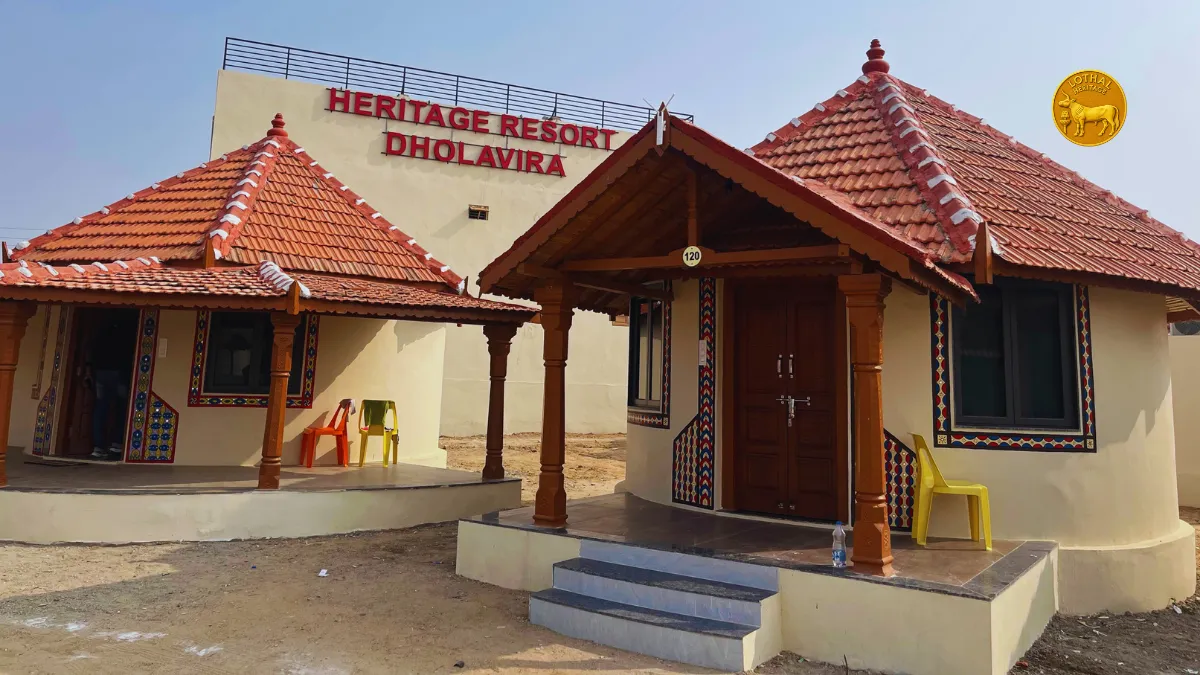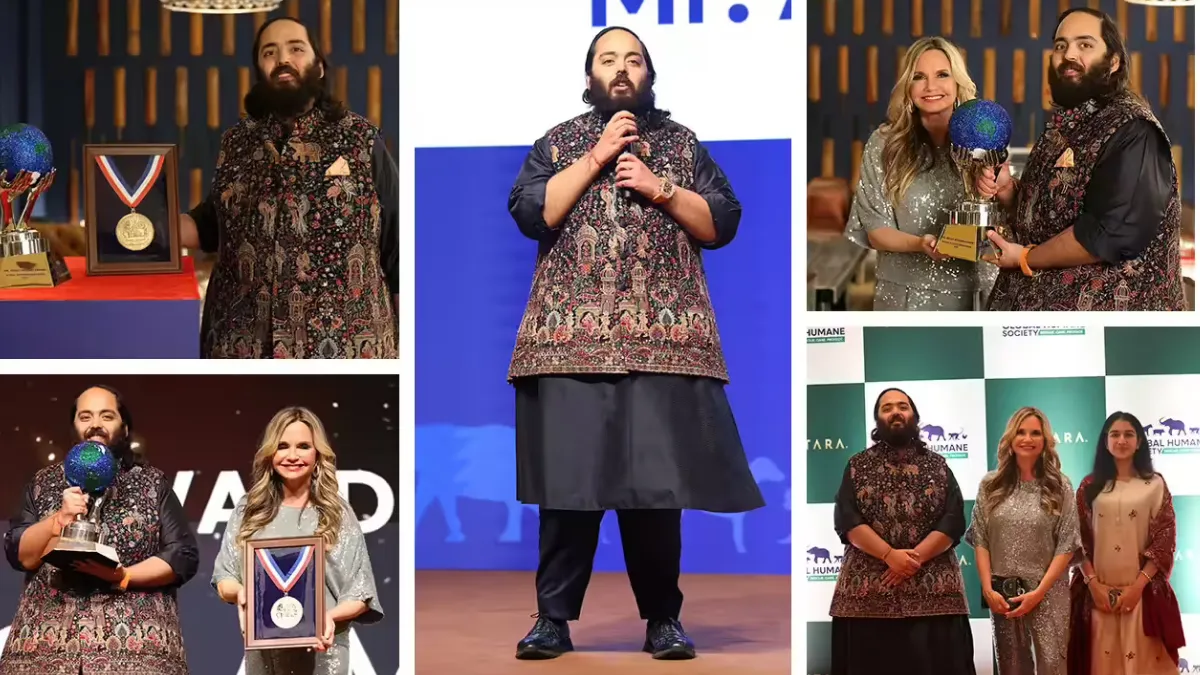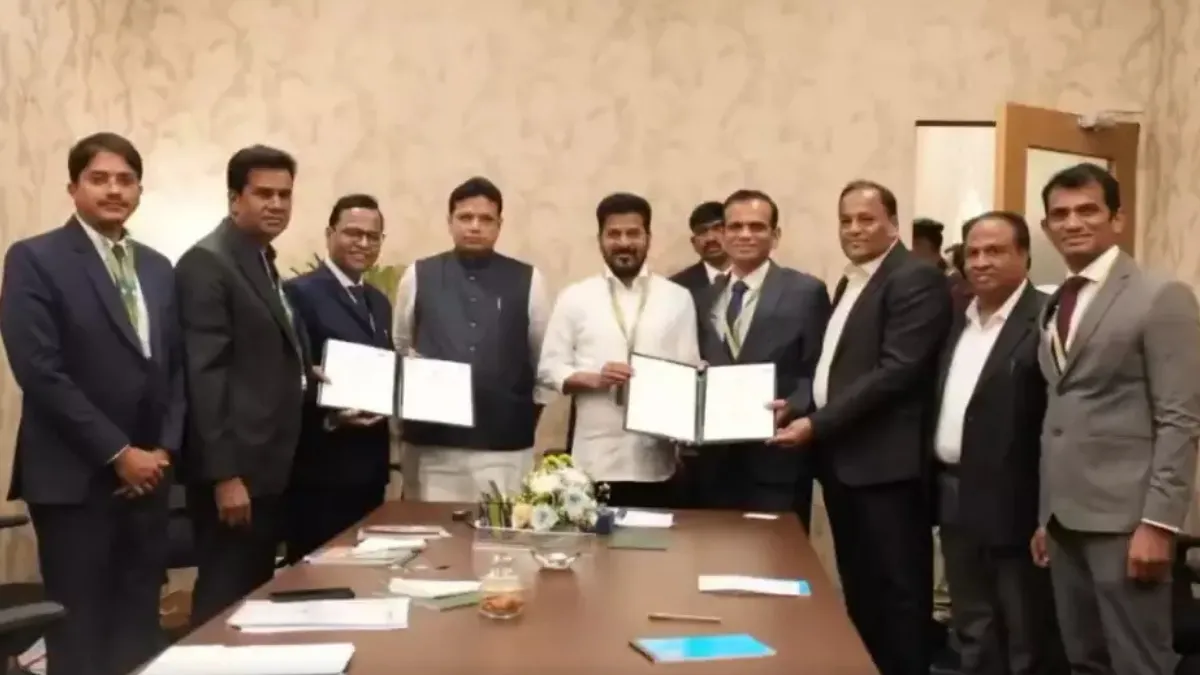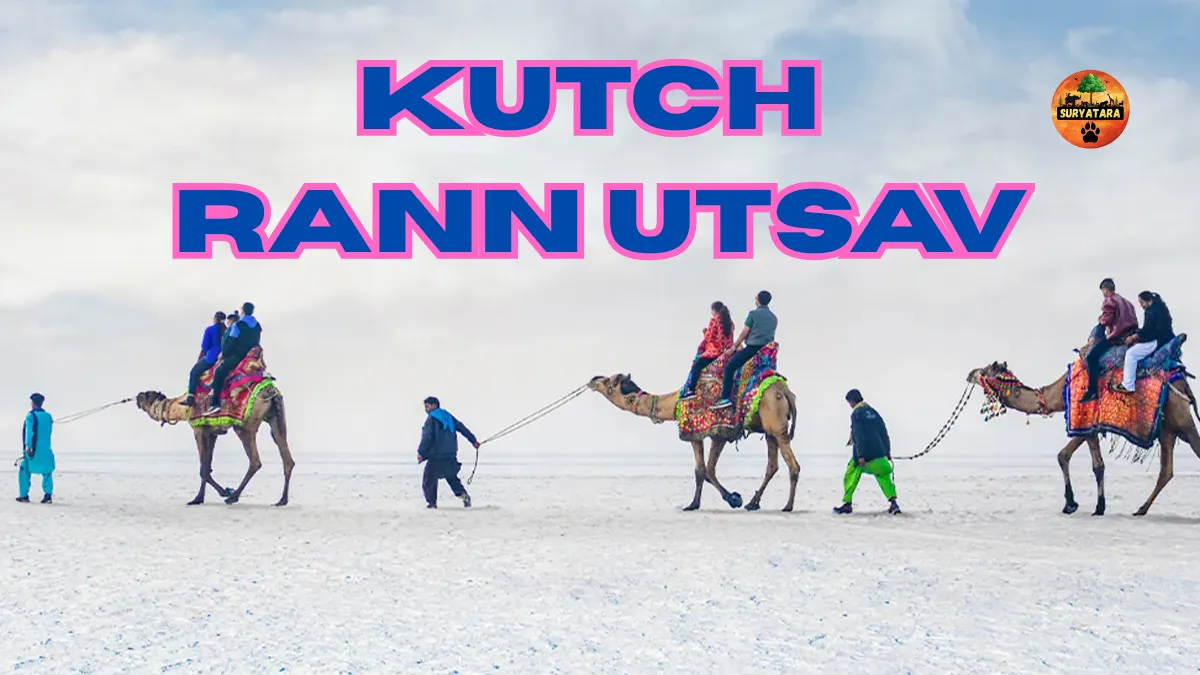Wildlife Photographer of the Year is the world’s most prestigious competition for nature photography, attracting thousands of entries from every corner of the globe. Whether you are a seasoned professional or a passionate beginner, entering this competition is a chance to showcase your talent, share your unique perspective, and contribute to wildlife conservation awareness.
In this guide, you’ll learn how to enter Wildlife Photographer of the Year, understand the rules, explore famous winners, and get tips to improve your chances of standing out.
What is Wildlife Photographer of the Year?
Organized annually by the Natural History Museum, London, the Wildlife Photographer of the Year competition was first held in 1965 and has since grown into a global platform for nature storytelling. The competition not only rewards artistic excellence but also highlights environmental issues through powerful images.
How to Enter Wildlife Photographer of the Year
If you’ve ever dreamed of seeing your work displayed in one of the world’s most respected photography exhibitions, here’s the process:
- Check the Entry Period – Usually, entries open in October and close in December.
- Choose Your Category – Categories include Animal Portraits, Behavior (Mammals/Birds/Other), Underwater, Urban Wildlife, and Young Photographer awards.
- Follow the Ethical Guidelines – Images must be taken without harming or disturbing animals.
- Prepare Your Images – Submit high-resolution, unwatermarked photographs in the required file format.
- Pay the Entry Fee – Some categories for younger participants are free.
- Submit Online – Through the official Wildlife Photographer of the Year website.
Pro Tip: Research past winning images to understand what makes them stand out — strong storytelling, unique perspectives, and emotional connection.
Famous Wildlife Photographer of the Year Winners
Over the years, several winning shots have made history for their beauty and message:
- 2019 – Yongqing Bao (The Moment) – A dramatic encounter between a Tibetan fox and a marmot.
- 2013 – Greg du Toit (Essence of Elephants) – An artistic portrait of African elephants in soft light.
- 2017 – Brent Stirton (Memorial to a Species) – A heartbreaking image of a poached black rhino, sparking global discussion on wildlife crime.
These winners show that the competition values not just technical skill, but also the ability to tell an unforgettable story.
Key Details of Wildlife Photographer of the Year
| Detail | Information |
|---|---|
| First Year | 1965 |
| Organized By | Natural History Museum, London |
| Annual Entries | Over 50,000 |
| Number of Categories | 15+ |
| Entry Period | October – December |
| Eligibility | Open worldwide |
| Main Prizes | Title, trophy, cash prize, global exhibition |
Also read: Best Cameras for Wildlife Photography in 2025
Tips to Increase Your Chances of Winning
- Go Beyond Beauty – Tell a compelling story through your photo.
- Find Rare Moments – Unique animal behavior or unusual lighting often grabs attention.
- Focus on Ethics – Avoid baiting or manipulating animals.
- Study Composition – Pay attention to framing, light, and background.
- Be Patient – Some of the best shots take days, weeks, or even months to capture.
Also read: Best Camera Lenses for Wildlife Photography-A Complete Guide for 2025
Why Enter Wildlife Photographer of the Year?
Winning or even being shortlisted offers enormous exposure, including:
- International recognition
- Exhibition of your work in leading museums
- Features in global media
- Opportunities to work with conservation groups
Beyond the awards, your image can inspire action to protect species and habitats.
Also read: Wildlife Photo Tours: The Ultimate Guide for Nature and Photography Lovers
Conclusion
Knowing how to enter Wildlife Photographer of the Year is your first step toward joining a community of inspiring nature storytellers. From iconic past winners to fresh, innovative entries, the competition continues to remind the world of nature’s beauty and fragility. If you have a story to tell through your lens, this could be your moment to make history — and make a difference.
